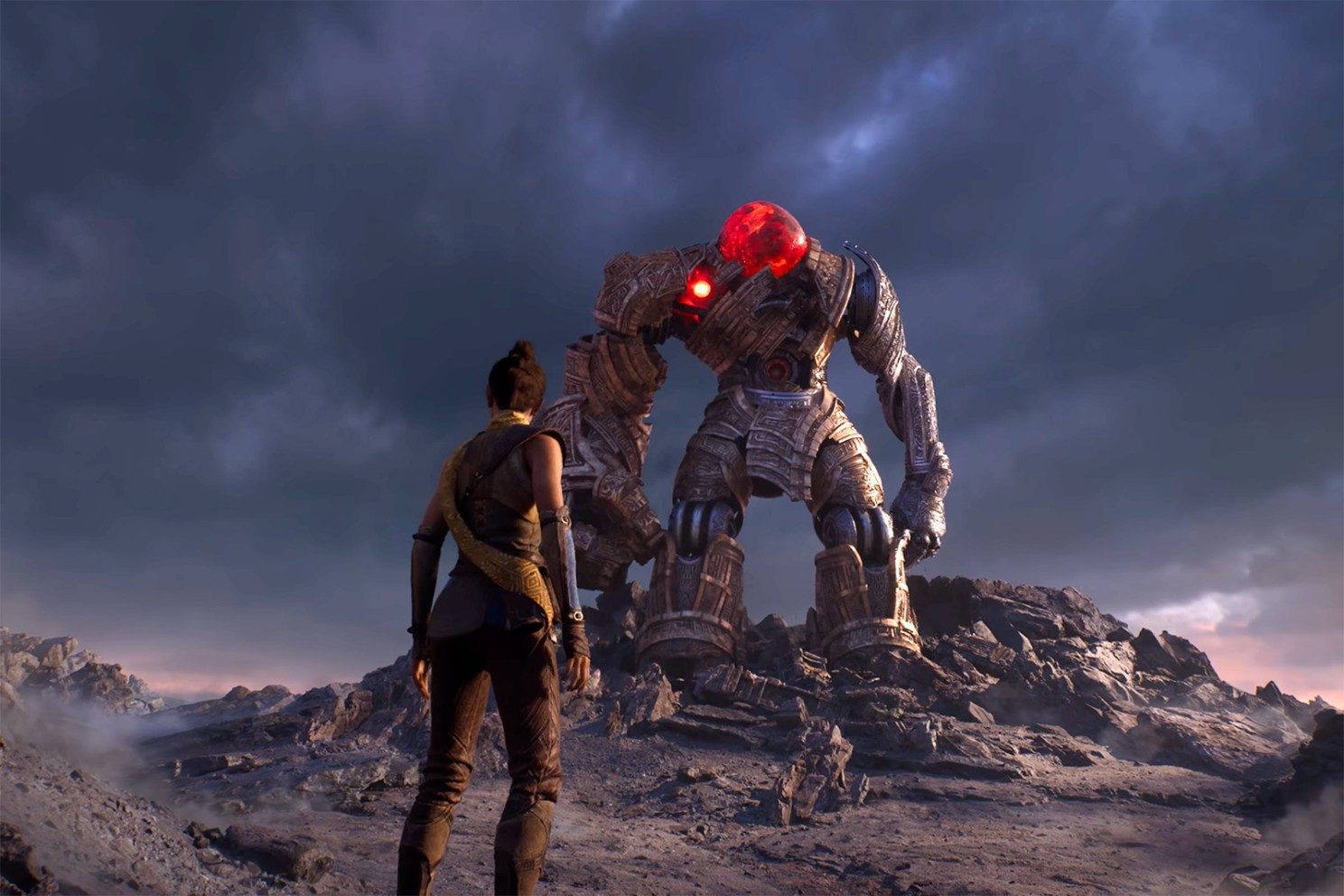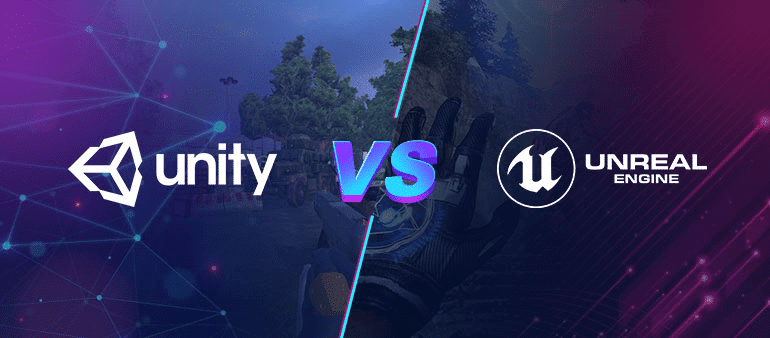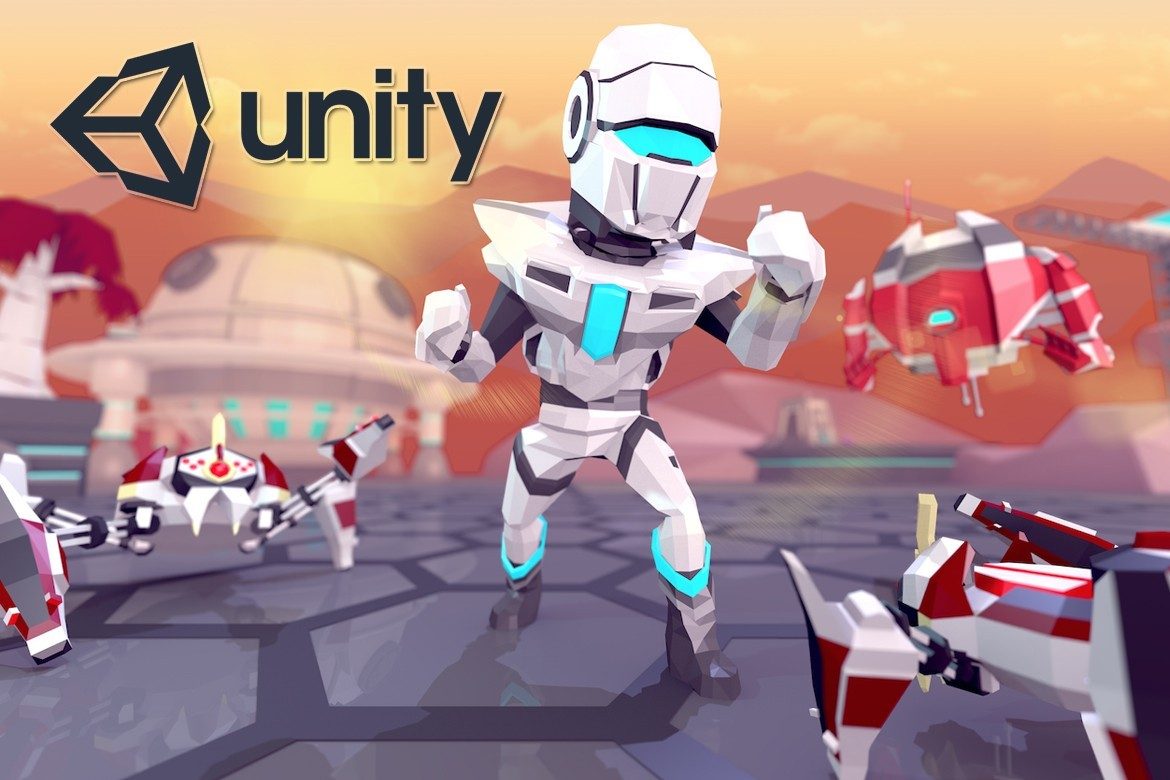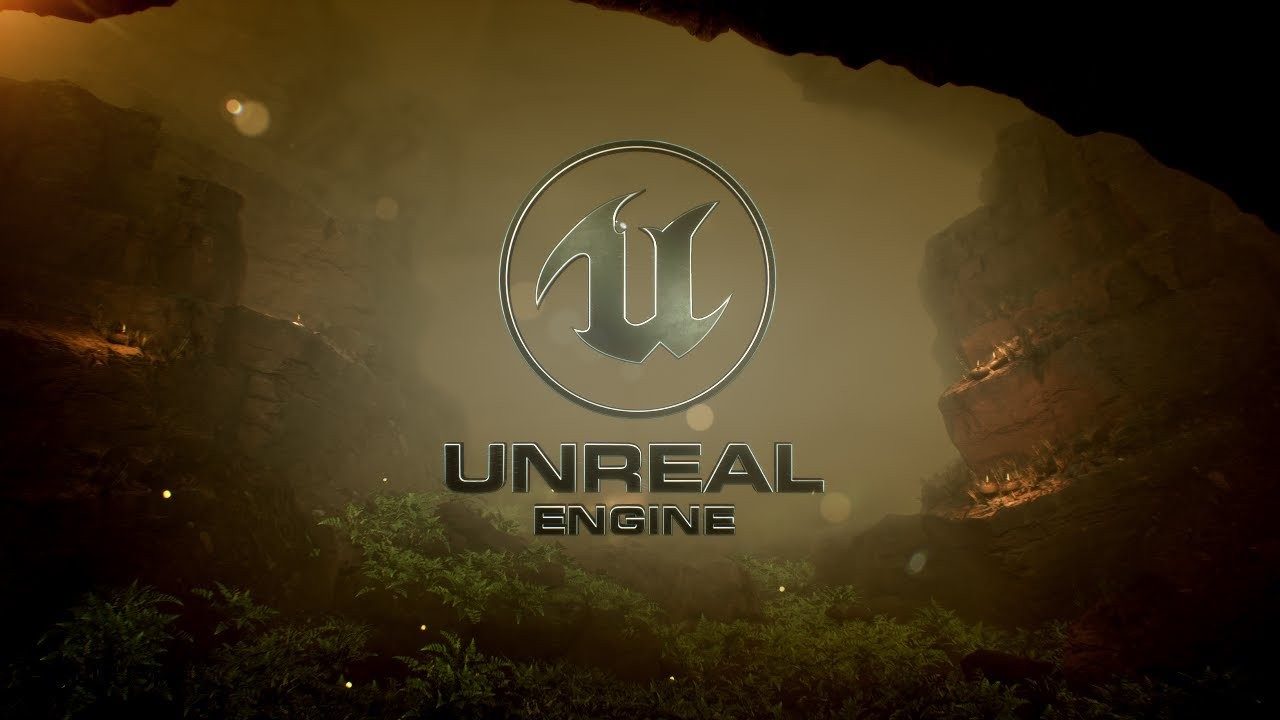
Unity & Unreal: Powering Game Producers.
As a game producer, I realize that shipping games is difficult. Very difficult.
Because of this fact I am grateful for the game development powerhouses that are Unity3D and Unreal Engine for making this process easier. These two platforms have revolutionized the way we create games, offering an unparalleled suite of tools and functionalities that have streamlined our development process and helped us to more easily unleash our creative potential.
Unity3D and Unreal Engine have become the backbone of modern game development, providing a robust foundation upon which developers can build our visions into reality. One of the most significant benefits of these platforms is their accessibility, allowing developers of all skill levels to dive into game creation without daunting barriers to entry.
Whether you’re a seasoned professional or a budding enthusiast, Unity3D and Unreal Engine offer intuitive interfaces and comprehensive documentation that empower creators to bring their ideas to fruition.

One of the standout features of Unity3D and Unreal Engine is their available libraries of assets and resources. From pre-made models and animations to sound effects and textures, these platforms provide a treasure trove of content that accelerates development and allows us to focus on refining gameplay mechanics and storytelling. These assets not only save time and money but also ensure a level of quality when prototyping and “finding the fun”.
Furthermore, both Unity3D and Unreal Engine boast powerful rendering engines that deliver stunning visuals and immersive worlds. With advanced lighting and shading capabilities, dynamic physics simulations, and support for cutting-edge technologies like virtual reality and augmented reality, these platforms empower us to create experiences that captivate players or viewers and push the boundaries of what’s possible.

Collaboration is another area where Unity3D and Unreal Engine excel. These platforms offer robust networking features that facilitate seamless teamwork, allowing developers to work together in real-time. Whether we’re collaborating on code, assets, or level design, Unity3D and Unreal Engine provide the tools we need to stay connected and productive throughout the development process.
Unity3D and Unreal Engine stand out as titans, each with its own unique strengths and benefits.
Unity3D, known for its accessibility and ease of use, is the go-to choice for indie developers and small studios looking to hit the ground running. Its intuitive interface and comprehensive documentation make it a breeze to learn, while its vast asset store and active community provide invaluable support along the way. With Unity3D, developers can quickly prototype ideas, iterate on gameplay mechanics, and bring their projects to market with minimal hassle.

Unreal Engine shines in its ability to deliver breathtaking visuals and cinematic experiences. With its powerful rendering engine and advanced graphical capabilities, Unreal Engine is the top choice for AAA studios and developers seeking to create high-fidelity, immersive worlds that push the boundaries of what’s possible in interactive entertainment. While Unreal Engine may have a steeper learning curve compared to Unity3D, its unparalleled graphical fidelity and robust feature set make it a formidable tool for developers, film producers, and simulation experts.

Ultimately, whether you choose Unity3D or Unreal Engine depends on a projects specific needs and goals. Both platforms offer unparalleled tools and functionalities that empower creators to bring their visions to life, and with Unity3D and Unreal Engine by your side, the only limit is your imagination (and of course your timeline and budget).
In conclusion, as a creative producer, I am immensely grateful for the tools and benefits that Unity3D and Unreal Engine provide to me, and I can’t wait to see what we’ll create next as these tools evolve!





